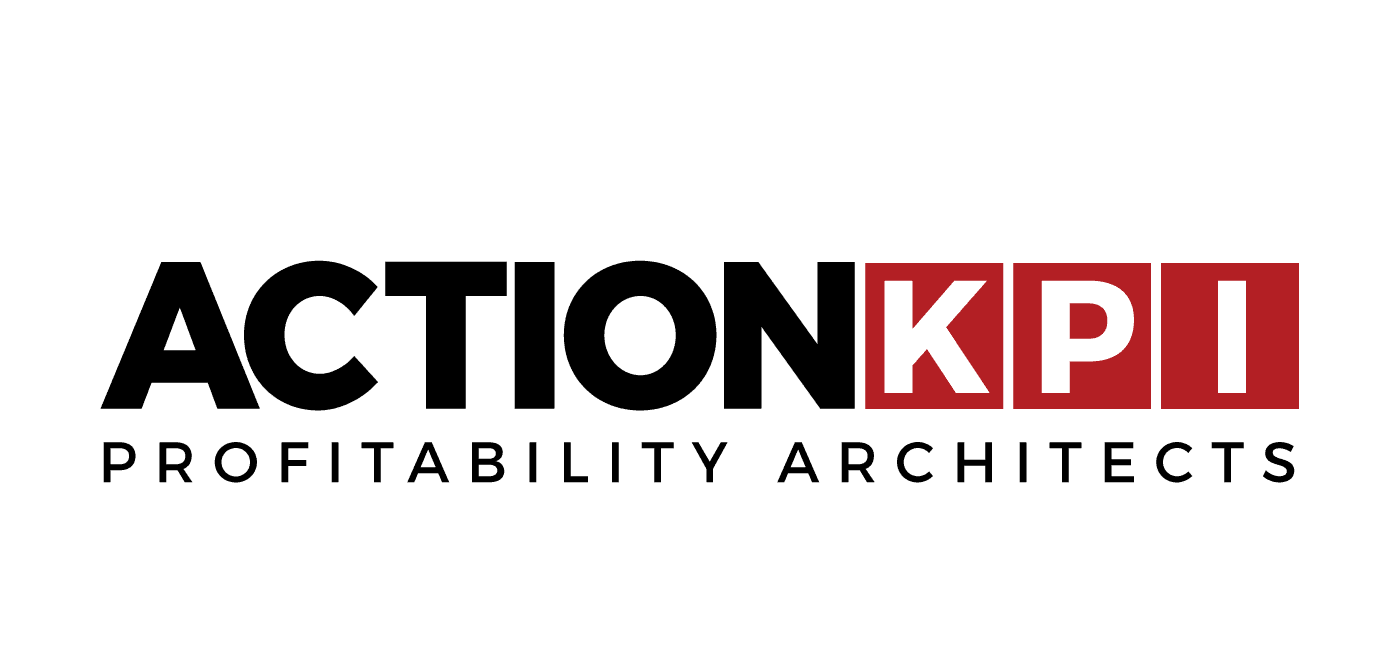
In my last article, I outlined the steps you need to consider in order to transform your team from being Score Keepers to Value Integrators.
The article goes in-depth on how to establish the right culture and how to assess potential cultural warning signs that could derail your performance initiative.
If you haven’t followed along with this series of articles, please check it out.
In this article, I will expand on the frameworks and models that can support your team of Value Integrators and empower them to drive real performance at your organization.
As the world and business environment are constantly changing and becoming increasingly more volatile, the need for cross-functional collaboration and agile decision-making is more crucial than ever.
Two common key frameworks enable the role of finance to evolve, allowing them to expand cross-functional business knowledge and enhance analytical and interpersonal skillsets. These frameworks are Finance Business Partnering (FBP) and Integrated Business Planning (IBP).
FBP should be more than just a role or function in finance, it is a strategic framework that delivers a structured program of enhanced skillsets and mindsets to finance. Empowering them to add and create value to the organization by influencing decisions through data and insights to each business unit to ultimately drive better decisions.
IBP underpins the success of FBP as a powerful enabler, allowing finance to work in harmony and integrate with each business unit, with the provision of high-quality analysis, systems, and data that creates accurate insights.
By implementing these frameworks finance can drive real corporate performance; aligning strategic planning, finance, supply chain, sales, marketing, and service delivery functions.
Coming back to my original article, when speaking to finance leaders I found 70% have this on their strategic plan, but few are actually invested in the journey.
Gartner goes on to state:
“Although many attempts have been made over the years to successfully integrate FP&A with operational planning solutions in order to deliver rich financial line of sight, we estimate that less than 5% have proven successful.” (Gartner, 2020)
So, a lot of people want to deliver these frameworks, but most aren’t succeeding (or even starting). Why?
Our analysis of these failed projects shows that there are a lot of variables that make it difficult to deliver and execute.
The first challenge I commonly see involves combining multiple data sets across each function of the business. Consolidating this data is complex enough before being able to access and transform the data into accurate information and intelligence for decision-making.
Even when the data is aggregated, organizations struggle with finding the right approach to act on the information presented. This is primarily because of the subtle nuances between how business units run, such as different timelines, deadlines, operational KPI’s and drivers; as well as, their systems, processes, how decisions are made, and performance is monitored based on the metrics and data they track.
All these variables add to the complexity of standardizing a business-wide planning process.
The second biggest challenge our analysis uncovered is many organizations do not plan to adapt their implementation and do not cater to the constantly changing world we find ourselves in.
Short-term decisions and mandates get in the way of delivering what is a long-term solution. For example, FBP requires training, skillset development, and mindset change.
This can’t be done overnight, whether you build this into your existing team, or you buy it in. IBP for example takes 2-3 years in order to reap the maximum benefits. Constant staff turnover, bottlenecks, and disruptions to operations draw attention away from the value of Integrated Business Planning.
When reviewing the success of IBP in your organization, it is important to understand the short-term disruptions mentioned above are not an indication of if the model is successful or not.
IBP’s core philosophy and focus are on the long-term challenges of the business that aren’t currently anticipated – the agility to deal with tomorrow’s problems today. IBP creates a proactive and holistic decision-making process that should eliminate short-term challenges that can bog down the business from operating effectively.
So how can you get started and make any investment in these frameworks stick?
1. Know Your Business Process – Get step-by-step details ironed out. Know your processes inside out, reframe them, and figure out all the gaps. Define your organization’s utopia.
2. Stakeholders – Determine your champions. Leaders must champion business planning and emphasize a forward-looking mindset while keeping an eye on how business drivers affect current-year targets.
3. Strategic Conversations – Start meetings by talking to key stakeholders in business units, skilling them up, and focus on becoming a partner to the business. Passing ownership of financials, forecasts, and business plans to each business unit. This gets them to speak to their financial statements to create more strategic conversations between stakeholders. Allowing finance to shift from being a back-office function to focusing on supporting and challenging its strategic partners in the business.
These will create the foundation to allow you to start focusing on forward-looking insights and use driver-based forecasting models. Allowing you to shift focus toward analyzing and understanding operational processes and market indicators instead of just the desired financial outcomes of a typical “bottom-up” financial planning process.
Some key questions to ask yourself:
1. Do budgeting and forecasting processes integrate datasets from outside of finance, such as sales, HR, operations, and supply chain?
2. Can models be manipulated based on performance drivers from all business units to scenario plan in one platform?
3. How is the data surfaced? Is there manual intervention involved, and are some of the processes still being run in spreadsheets (or at least a large majority)?
If you answered no to any of these and want to support your team’s journey to becoming Value Integrators, we should talk.
These articles are inspired by the common challenges that I help finance leaders solve.
To access more on my research, get in touch for a copy of our Profitability Architects Playbook.
Sources:
Anderson, R., Decker, J. V., Payne, T., Hilbert, M., & Pidsley, D. (2020, October 28). Innovation Insight for Extended Planning and Analysis (xP&A). Retrieved from

Written By Lance Tylor
Lance is a business finance professional with a passion for helping businesses grow. He is a Charted Management Accountant (CMA) within Canada and in the UK and has had several roles within the Office of Finance. His experience has always been focused on business strategy, performance management and business process improvement (leveraging the latest technologies).
